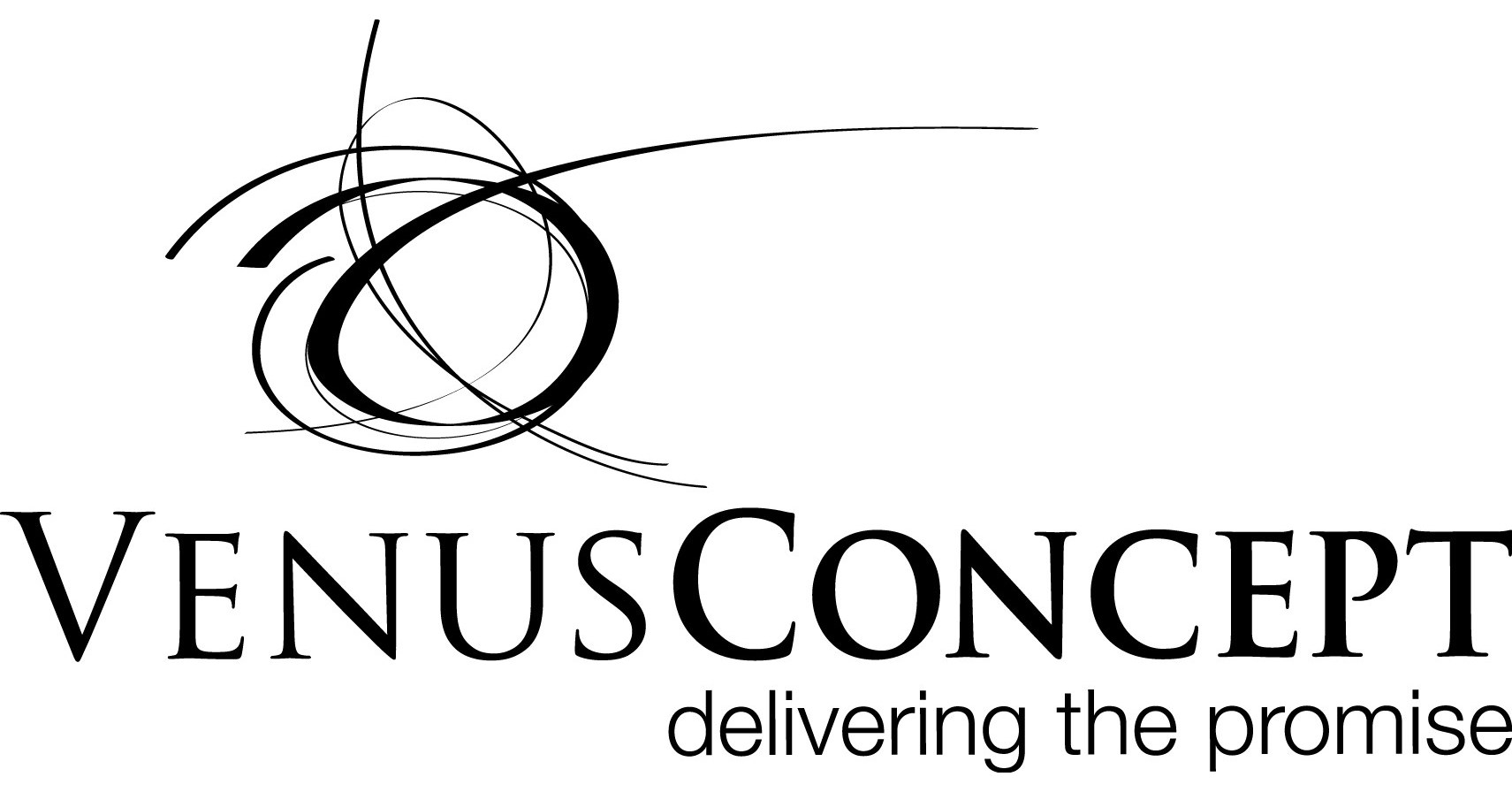Source: Alex Lavoie
Capital Efficiency in Medical Aesthetic Technology Companies
One of the critical success factors in the highly competitive market for medical aesthetic technology is capital efficiency. Companies must utilize their resources effectively to generate profits and deliver value to investors. Among the key players in this industry, Venus Concept Inc. (NASDAQ:VERO), NeuroBo Pharmaceuticals, ThermoGenesis Holdings, Plus Therapeutics, Exicure, and Acutus Medical, there are varying degrees of capital efficiency as indicated by their Return on Invested Capital (ROIC) and the Weighted Average Cost of Capital (WACC).
Understanding ROIC and WACC
ROIC is a profitability ratio that measures how effectively a company uses its capital to generate profits. It is calculated by dividing a company’s net income by its invested capital. ROIC is a crucial measure for investors as it provides insight into a company’s ability to generate a return on its investments.
WACC, on the other hand, represents a company’s average cost of capital considering all its sources of capital, including equity and debt. It measures the minimum return that a company must generate on its existing asset base to satisfy its creditors, owners, and other providers of capital.
A higher ROIC indicates better capital efficiency, while a lower WACC suggests that the company has cheaper sources of capital. A company’s ratio of ROIC to WACC can provide a quick snapshot of its capital efficiency.
Venus Concept Inc. Leads in Capital Efficiency
Venus Concept Inc., a leader in non-invasive and minimally invasive devices for various aesthetic and medical applications, has demonstrated impressive capital efficiency. Its ROIC stands at 174.86%, significantly higher than its WACC of 17.20%, resulting in a ROIC to WACC ratio of 10.16. This high ratio suggests that Venus Concept is efficiently using its resources to generate profits and outperforming its cost of capital. This efficient capital utilization is a positive sign for investors, indicating that their investments are being used effectively to generate high returns.
Capital Efficiency Challenges Among Peers
Contrastingly, NeuroBo Pharmaceuticals, ThermoGenesis Holdings, and Exicure have struggled with capital efficiency. NeuroBo, for example, has a negative ROIC of -574.82% against a WACC of 5.00%, leading to a ROIC to WACC ratio of -114.95. This negative ratio suggests that NeuroBo is not generating enough returns to cover its cost of capital, indicating inefficient capital use. Similarly, ThermoGenesis Holdings and Exicure also exhibit negative ROIC to WACC ratios, reflecting similar challenges in capital efficiency.
Plus Therapeutics Encourages with Superior Capital Efficiency
Plus Therapeutics, however, stands out among its peers with a ROIC of 263.26% and a ROIC to WACC ratio of 44.18. These figures indicate that Plus Therapeutics is utilizing its capital more effectively than its peers, generating substantial returns relative to its cost of capital. This establishes Plus Therapeutics as a leader in capital efficiency among its peer group, which is a promising sign for its investors.
Acutus Medical: Room for Improvement
Meanwhile, Acutus Medical, with a ROIC of -0.24% and a WACC of 16.09%, has a negative ROIC to WACC ratio of -0.01, suggesting that it is barely covering its cost of capital. This indicates that Acutus Medical needs to improve its capital utilization to enhance its financial performance and deliver better value to its investors.
In conclusion, while some medical aesthetic technology companies have demonstrated excellent capital efficiency, others still have room for improvement. Investors need to keep a close eye on these metrics to make informed investment decisions.

